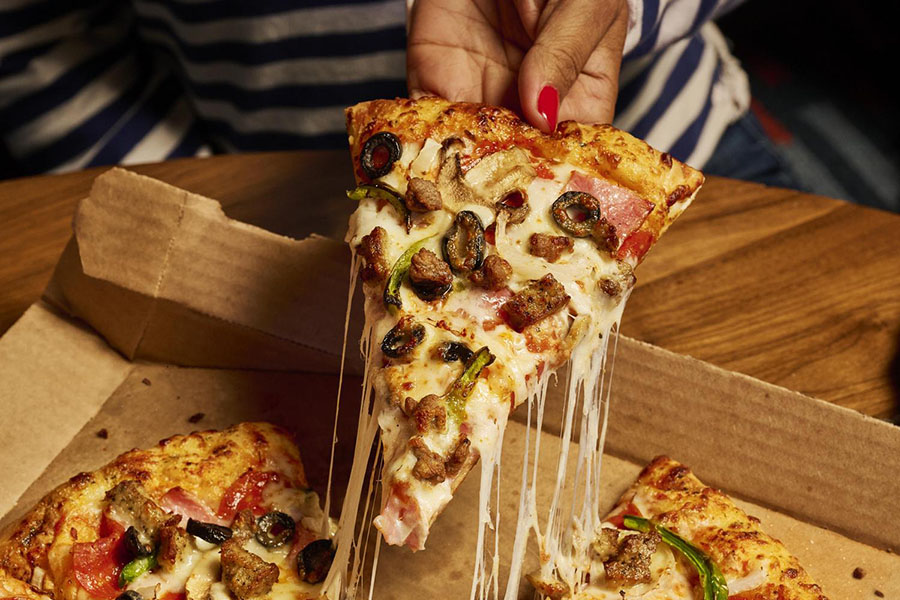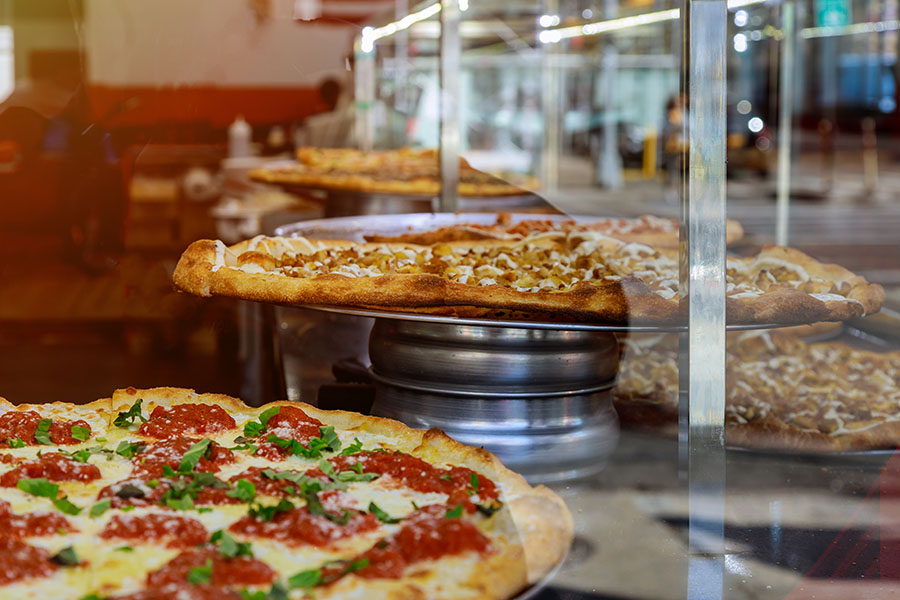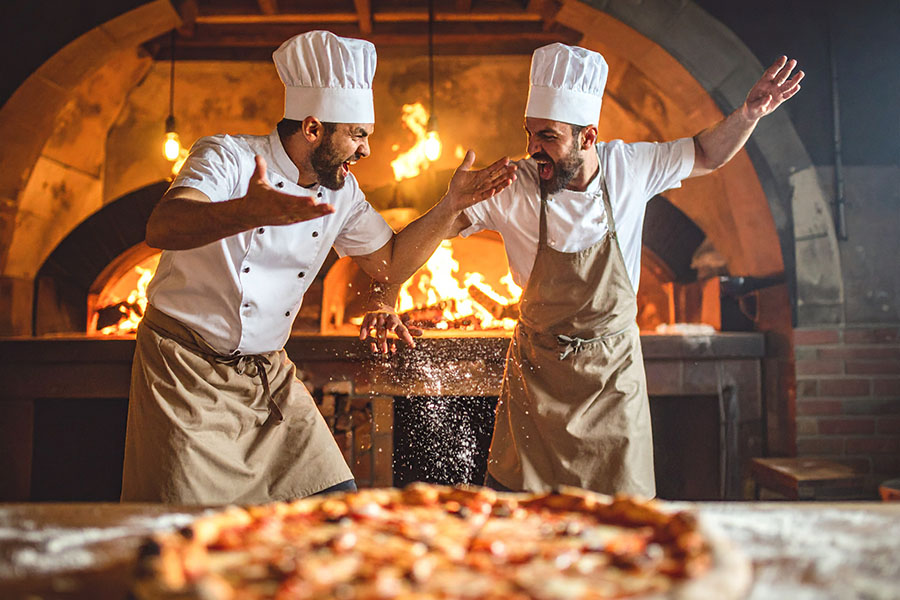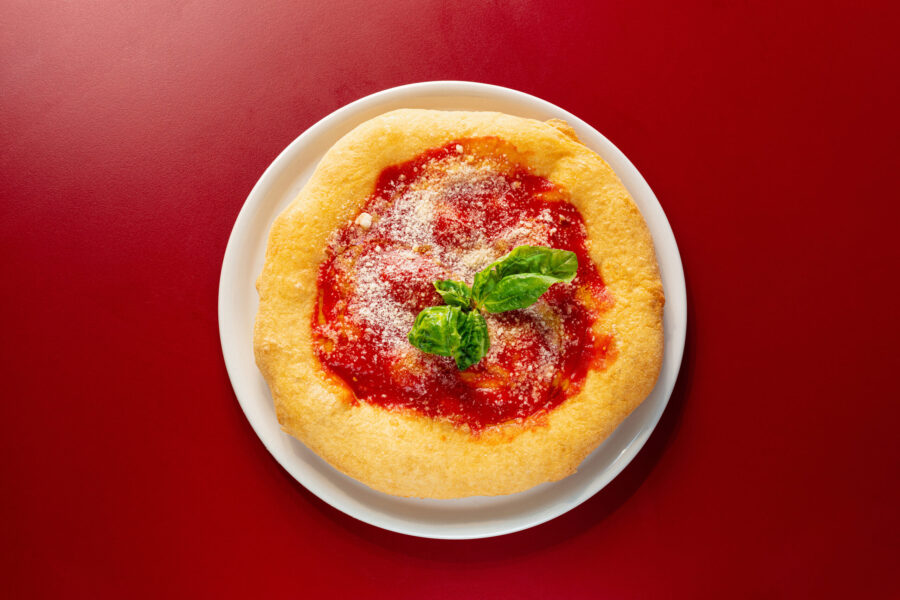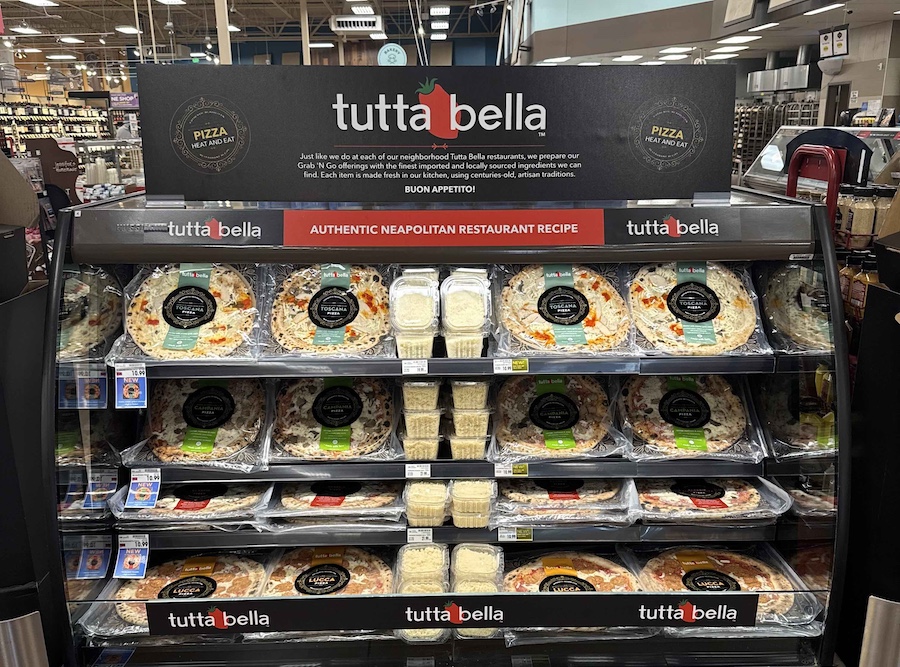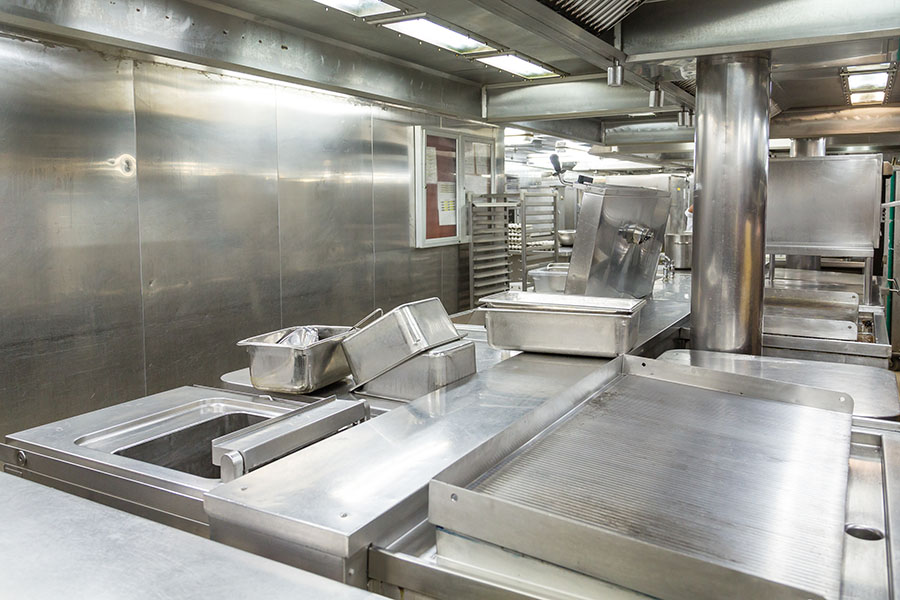Marketing the Dine-In Experience at your Pizzeria
No one needs to tell Gina Bolger and her colleagues at Home Run Inn how important dine-in traffic is to the company’s longevity.
At the flagship Home Run Inn on Chicago’s South Side, guests have filled the eatery’s 200-seat dining room for decades. The restaurant remains a place for families to celebrate milestones together, old friends to reconnect and parents to enjoy a chore-free meal.
Steady year-over-year dining room traffic has fueled Home Run Inn’s expansion, including five additional full-service restaurants and three carryout spots. It’s also prompted continued attention to and investment in the dining room experience for guests – from developing new and unique menu items to incorporating private party dining spaces.
“Our dining room experience is key because it allows us to connect with guests on a deeper level, creating memorable moments that build stronger, lasting relationships,” says Bolger, Home Run Inn’s chief marketing officer.
For as much attention as carryout and delivery generate in the pizzeria industry, the dining room might offer the most significant performance-driving benefits. An active dine-in business helps a restaurant drive sales of high-margin items such as cocktails and pasta dishes, differentiate itself from competitors, showcase its identity and build personal connections with guests.
“Ambiance and vibe are what make restaurants special and separate them from eating at home or getting takeout,” says Matt Calidonna, instructor of service, beverage and hospitality at The Culinary Institute of America. “The fuller the dining room is, the better the energy is, and the more guests and employees enjoy their time in the dining room.”
State Of Dine-in Traffic
Since the COVID-19 pandemic halted restaurant dining room traffic across much of the country and transformed consumer habits five years ago, dine-in numbers have steadily rebounded.
In a recent survey of nearly 1,800 U.S. adults, Aletheia Marketing and Media found 76 percent of consumers dine out at restaurants at least once a month. Of those, 54 percent dine out between one and four times each month, while 21 percent are considered high-frequency diners who eat out at least once or twice each week. The group that dines out most frequently are adults ages 18-44 with children under 17 and an annual income over $100,000.
In December, meanwhile, the National Restaurant Association (NRA) reports results from a national survey showing a strong desire among consumers – especially younger generations – to increase their presence at full-service restaurants. Nine out of 10 Millennials said they would like to dine out more often, while 87 percent of Gen Z adults and 84 percent of Gen Xers similarly want to visit restaurant dining rooms more often.
Make no mistake, consumers’ appetite for the dine-in experience is healthy, and many consumers remain attracted to the convenience of dining out as well as the social environment and food quality restaurants can deliver. The question is how restaurants might effectively capitalize on consumer desires and market their dine-in experiences to drive energy, interest and, ultimately, sales.
1. Spotlight Appeal Of Dine-In Environment
Restaurants need to separate themselves from the pack and emphasize what makes them unique. Aletheia Marketing Research Director Colleen Howell urges pizzerias to showcase what makes their dining room worth the visit – whether it’s cozy interiors, vintage arcade games, televisions showing live sports or kid-friendly environments.
“But make sure it’s true to life,” Howell cautions. “Today’s consumers – especially the younger ones – demand and reward authenticity.”
2. Promote Opportunities To Socialize
Many consumers turn to restaurants as a place for socialization. From trivia nights to watch parties, pizzerias across the country regularly host special events that nourish relationships and facilitate good times.
Full-service pizzerias should actively work to position their restaurants as a go-to place for connections. Restaurants can highlight this in marketing materials by featuring scenes of friends laughing over drinks, families celebrating milestones or sports fans cheering for their team.
“Tailor this to your specific clientele and make the social aspect of dining a focal point,” Howell says.
3. Highlight The Hospitality
Research from Aletheia shows 75 percent of diners prefer restaurants that create an experience beyond just eating and drinking. It’s a nod to the importance of providing first-rate hospitality rooted in friendliness and service as well as clean, lively environments.
“Today’s diners are hyper focused on quality hospitality, so businesses should be focused on training their staff to be hospitable and genuine in their service,” Calidonna says.
Guests come for service, not sass, and entrees, not eye rolls. Restaurants delivering true, genuine hospitality on a consistent basis should promote this in marketing materials and on social media to encourage visits. Sharing images of smiling staff engaging with customers or positive snippets from online reviews, for instance, signal hospitality.
4. Entice With Value And Promotions
While the NRA survey found the majority of consumers want to dine out more frequently, something notable stands in their way: cost. Four out of five full-service customers said they would visit restaurant dining rooms more often if they had more money.
Restaurants might overcome this financial hurdle with a few thoughtful, cleverly promoted discounts on appetizers, weekday happy hours or free kids’ meals – all of which can help drive dine-in traffic on slower days or periods, in particular.
“Our research shows that – specifically for pizza fans – these can be powerful dine-in motivators,” Howell says.
5. Champion Quality
Quality food is one of the primary drivers of restaurant visits – and the convenience of enjoying quality food in a restaurant dining room, where no one has to dice up veggies, clear the table or wash dishes, only elevates the appeal. It’s precisely why Howell suggests restaurants shine a spotlight on staff members who make the dine-in experience shine.
“Get some video of your friendly servers, your skilled bartenders and your pizza-oven guy stoking the 800-degree fire,” Howell says. “Campaigns that celebrate great service can resonate as much as those highlighting the food.”
DANIEL P. SMITH is a Chicago-based writer who has covered business issues and best practices for a variety of trade publications, newspapers and magazines.


